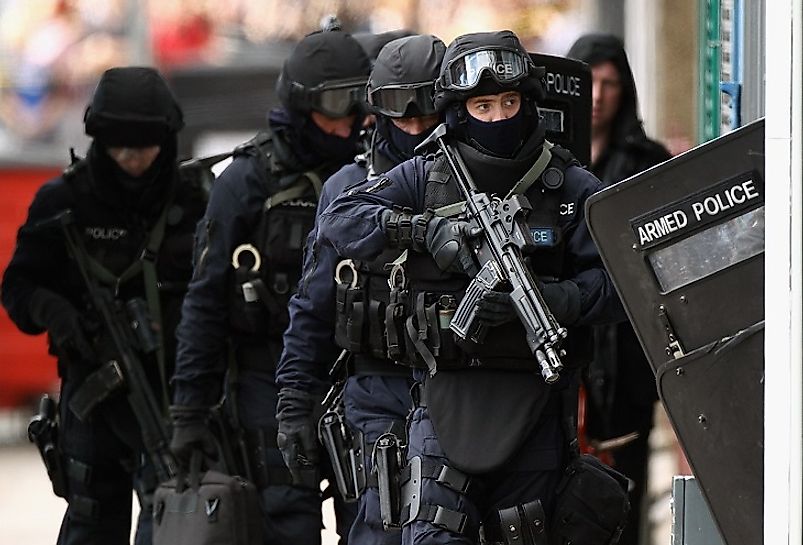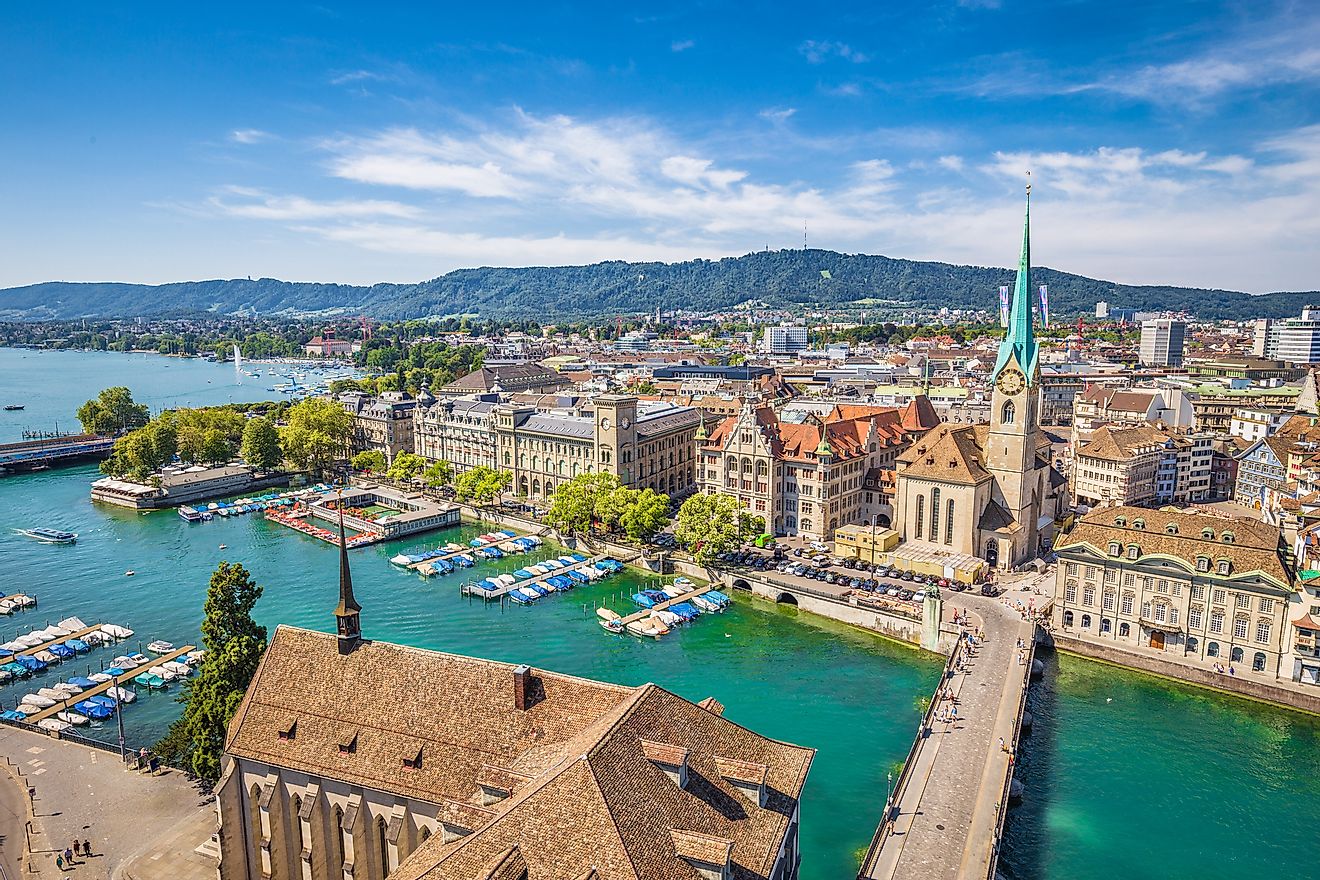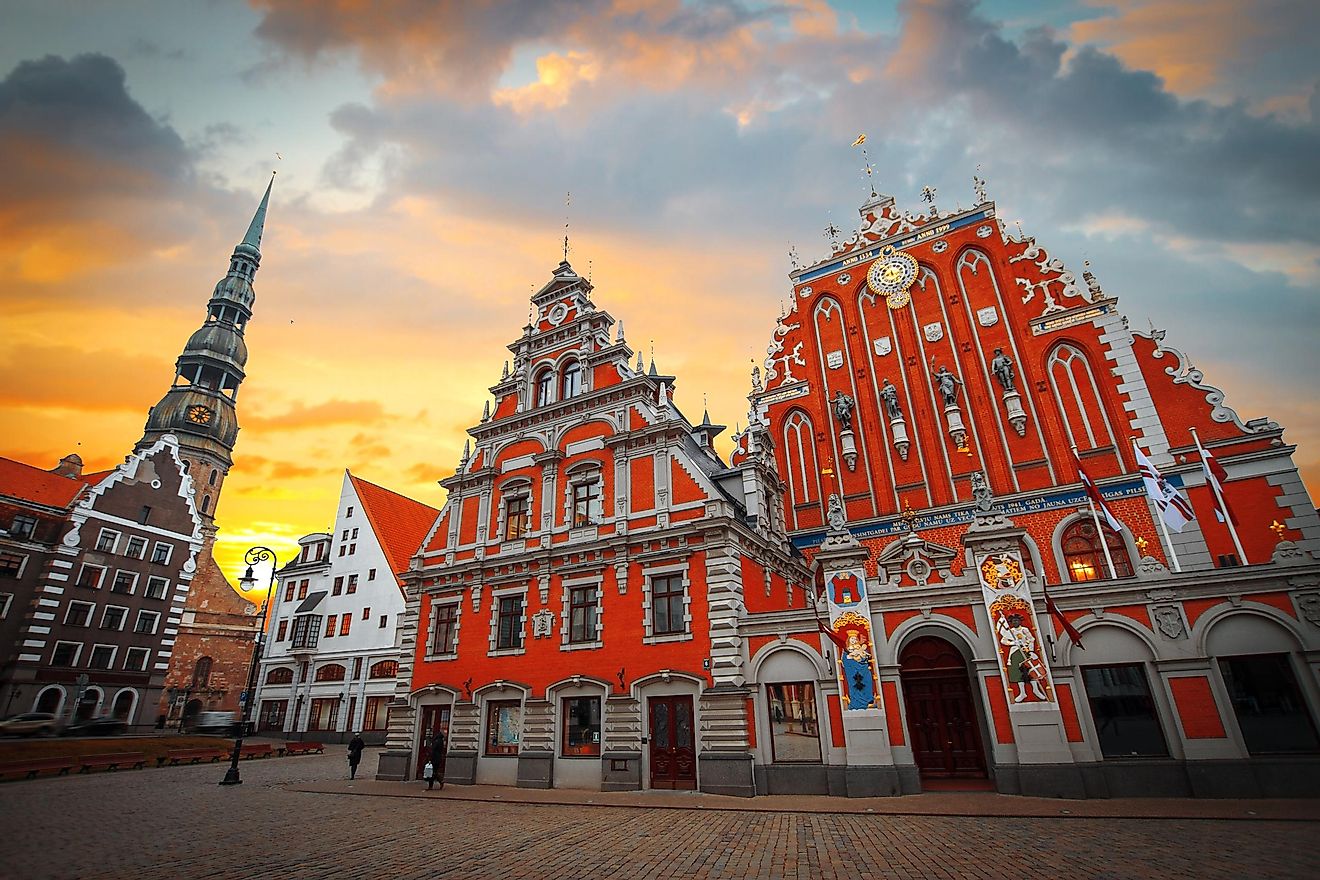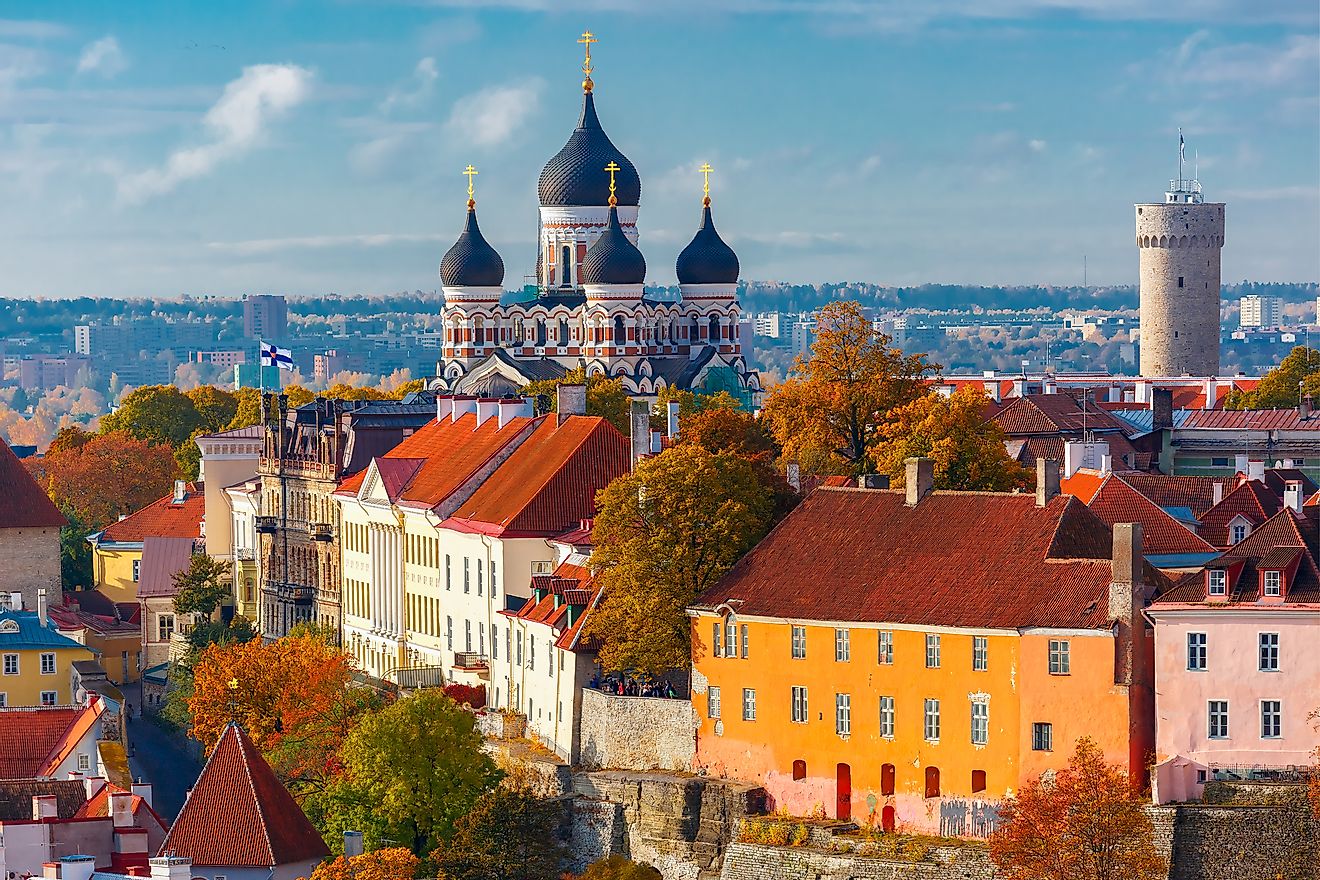Most Dangerous Cities In Europe

No matter where one lives, works, or travels in the world, personal safety is a top priority. Although Europe enjoys a relatively high level of safety as a continent, violence does occur and patterns of where and when it does can appear. One way to measure a city's level of safety is through its homicide rate, which is defined as the intentional death of a citizen at the hands of another citizen or citizens. These rates are calculated to be per capita, so although one city may experience a higher number of murders than another, if their population is larger the murder rate will be lower as a result. Despite the appearance of these cities on this list, it is important to note that their homicide rates are still low on a world scale. Areas such as Central and South America and Africa can see rates reaching 50 murders per 100,000 residents, and the homicide rate of the United States hovers around 5 per 100,000.
10. Brussels, Belgium (2.8 homicides per 100,000 people)

Brussels is the largest city in Belgium, a country in Western Europe. It is also the capital of the European Union (EU). In 2010, there were 31 murders in Brussels, a number that appears to be average for the city with the year 2008 being a slight exception when 44 homicides were reported. In 2001, Brussels was the fourth most crime-ridden city in Europe, although this number also took into account other crimes such as burglary and assault.
9. Zurich, Switzerland (3.0 homicides per 100,000 people)

Zurich is the largest city in the central European nation of Switzerland. In 2010, there were 11 homicides reported in the city, which creates a murder rate of 3.0 when the city's low population of less than half a million is taken into consideration. 2010, however, does appear to be somewhat of an anomaly for this Swiss urban area, as both the years 2009 and 2011 saw only 4 and 1 murders, respectively.
8. Kiev, Ukraine (3.2 homicides per 100,000 people)

Kiev is the largest city and capital of the Eastern European country of Ukraine. In 2010, 118 of Kiev's residents were victims of homicide, creating a murder rate of 3.2 This appears to be a number that is a somewhat annual average for Kiev, where murder rates seem to hover around 100 per year. The public transit system, including suburban trains, have been singled out as potential hotbeds for violent crime in Kiev due to their tendency to be overcrowded.
7. Riga, Latvia (3.3 homicides per 100,000 people)

Riga is the largest city in Latvia, a country located in the Baltic states. In 2010, there were 23 murders in the city, resulting in a homicide rate of 3.3. Although the historic city is known to be relatively safe, public parks and the heavily-touristed Old Town are known to be areas where crime is more likely to occur. Much of this may be a petty crime such as pickpocketing.
6. Belfast, Northern Ireland (3.3 homicides per 100,000 people)

Belfast is the largest city in Northern Ireland, which is part of the United Kingdom. In 2010, Belfast reported a homicide rate of 3.3, which was calculated from nine murders, given Belfast's relatively small population of around 286,000. This crime rate, however, is part of a trend that shows a decreasing rate of homicide in Northern Ireland. During "the Troubles" of the 1970s and 80s, the crime rate in Northern Ireland was closer to 31 per 100,000, which is similar to the homicide rate that could be found in Colombia or South Africa during the early 2010s.
5. Podgorica, Montenegro (3.5 homicides per 100,000 people)

Podgorica is the largest city of Montenegro. Italso serves as the nation's capital. Between 1946 and 1992, when Montenegro was part of the Socialist Federal Republic of Yugoslavia (Yugoslavia), the city was known as Titograd. In 2010, there were 7 deaths by homicide recorded in Podgorica. Homicide rates in the city usually remain around this number. However, the year 2006 did see a rise in homicides, with 12 in the year bringing the homicide rate of the time up to 6.5 per 100,000 residents.
4. Moscow, Russia (4.2 homicides per 100,000 people)

Moscow is the capital of Russia and the largest city in the European continent with 12.2 million inhabitants. It is a major cultural center of Europe and is located on the Moskva River. In 2010, there were 483 homicides reported in Moscow. This figure was a decrease from numbers seen in 2005, 2006 and 2007, when 766, 767, and 629 murders were reported respectively. This decrease in reported murders may be a sign that violent crime in Moscow is decreasing as a whole, although other crime such as car theft remains a problem in this major city.
3. Vilnius, Lithuania (4.7 homicides per 100,000 people)

Vilnius is the capital and largest city of Lithuania, which is located in the Baltic states. In 2010, 26 crimes were reported in the city, producing a crime rate of 4.7 per 100,000 inhabitants. This number was, however, a decrease from the crime rates experience before 2010, which reached a high in 2008 when 58 homicides were recorded resulting in a rate of 10.4 per 100,000 residents. Despite these numbers of homicides that appear relatively high for Europe, visitors are still much more likely to encounter petty crime such as pickpocketing and credit card theft.
2. Glasgow, Scotland (5.1 homicides per 100,000 people)

Glasgow is the largest city of Scotland, located in the United Kingdom. In 2010, the homicide rate of Glasgow was 5.1 per 100,000 residents, calculated from a total of 30 murders that were experienced in the city that year. 30 is a number that appears to be average for the number of violent deaths in Glasgow every year, a number that may be due to organized gangs and turf wars.
1. Tallinn, Estonia (5.5 homicides per 100,000 people)

Tallinn is a city in Estonia, situated on the northern coast of the country. With a relatively small population of 443,894, the city experienced 22 homicides in 2010, bringing its rate to 5.5 per 100,000. This rate sits lower than the murder rate of Estonia that was calculated between 1999 and 2001. It was as a high of 9.4 per 100,000 people. The general trend appears to be that the homicide rate in Tallinn is decreasing, as 40 murders were reported in 2005, standing in contrast to 2010. However, Tallinn's small population size, relatively large amount of murders per capita, and position on a continent where violent crime is highly uncommon gives it a place at the top of this list.











